Code
HCS16064
Weight
1.5 Kg / 3.31 lbs
Size
Height
9cm (4") Width
14cm (6") Depth
7cm (3") Material
Copper
Availability
Available
Date Added
2019-05-29 06:55:20
Note : We used to sell this product 6 years ago so it may no longer be in our stock.
It is possible that we still have it with our suppliers but the price could be different from before.
Feel free to order. We will verify availability and inform you promptly.
It is possible that we still have it with our suppliers but the price could be different from before.
Feel free to order. We will verify availability and inform you promptly.

Safe Payment
We accept Paypal, Money Transfer, Bank Transfer
Confidence
Protection covers your purchase and personal data.
Worldwide Delivery
We ship Worldwide, except Russia.Shipping cost US$25.2 for upto 0.5 kgs

Hotline
Talk to help line for your question on 9841267335Shakti : Introduction
Shakti Yab-yum is a common symbol in Nepalese and Tibetan art. It represents the primordial union of wisdom and compassion, depicted as a male deity in union with his female consort via the similar concept of interpenetration or "coalescence," as illustrated by the concept of Indra's net. The male figure represents compassion and dexterity, while the female figure represents insight. The female is seated on the male's lap in yab-yum. A rare rendition of a similar figure, but reversed, with the male sitting on the female's lap, is known as yum-yab. Read More . . .
Shakti Yab-yum is a common symbol in Nepalese and Tibetan art. It represents the primordial union of wisdom and compassion, depicted as a male deity in union with his female consort via the similar concept of interpenetration or "coalescence," as illustrated by the concept of Indra's net. The male figure represents compassion and dexterity, while the female figure represents insight. The female is seated on the male's lap in yab-yum. A rare rendition of a similar figure, but reversed, with the male sitting on the female's lap, is known as yum-yab. Read More . . .
Full Gold Gilded with Antique Patina.
The Statue Of Kuber With Consort, [shakti], Yab-yum [yellow Jambhala], [full Fire Gold Plated], And [antique Finishing] has full gold plated antique finishing. This finishing is a combination of fire mercury gold plating and antique finishing. This traditional technique involves the application of a genuine layer of gold onto the Statue Of Kuber With Consort, [shakti], Yab-yum [yellow Jambhala], [full Fire Gold Plated], And [antique Finishing] using the time-honored process of mercury gold plating. Skilled artisans meticulously handle the amalgamation of gold with mercury, ensuring precise application and a truly authentic result. To enhance its charm further, the Statue Of Kuber With Consort, [shakti], Yab-yum [yellow Jambhala], [full Fire Gold Plated], And [antique Finishing] undergoes an antique finishing process. This meticulous treatment adds a touch of age and character to the gold plating, creating a sense of antiquity. Through careful craftsmanship and the application of specialized techniques, the Statue Of Kuber With Consort, [shakti], Yab-yum [yellow Jambhala], [full Fire Gold Plated], And [antique Finishing] acquires a beautifully aged appearance that adds depth and uniqueness to its overall aesthetic. Read More . . .
The Statue Of Kuber With Consort, [shakti], Yab-yum [yellow Jambhala], [full Fire Gold Plated], And [antique Finishing] has full gold plated antique finishing. This finishing is a combination of fire mercury gold plating and antique finishing. This traditional technique involves the application of a genuine layer of gold onto the Statue Of Kuber With Consort, [shakti], Yab-yum [yellow Jambhala], [full Fire Gold Plated], And [antique Finishing] using the time-honored process of mercury gold plating. Skilled artisans meticulously handle the amalgamation of gold with mercury, ensuring precise application and a truly authentic result. To enhance its charm further, the Statue Of Kuber With Consort, [shakti], Yab-yum [yellow Jambhala], [full Fire Gold Plated], And [antique Finishing] undergoes an antique finishing process. This meticulous treatment adds a touch of age and character to the gold plating, creating a sense of antiquity. Through careful craftsmanship and the application of specialized techniques, the Statue Of Kuber With Consort, [shakti], Yab-yum [yellow Jambhala], [full Fire Gold Plated], And [antique Finishing] acquires a beautifully aged appearance that adds depth and uniqueness to its overall aesthetic. Read More . . .
Lost-Wax System
This Jambhala of Statue Of Kuber With Consort, [shakti], Yab-yum [yellow Jambhala], [full Fire Gold Plated], And [antique Finishing] is made by the process of the Lost Wax system. This is a very complicated, time consuming and historic process of making metal sculptures.Which is why it is sometimes called Precision Casting as well. Hence the sculptures made by this process are comparatively expensive. There are many new, advanced and less time consuming methods of casting metal sculptures available as well. But due to the benefits provided by the traditional lost wax system in quality control and customization, we prefer the Loss wax system over Ceramic molding, or sand casting to make our Jambhala.
Below we have tried to illustrate the process of making a loss wax system statue: Read More . . .
This Jambhala of Statue Of Kuber With Consort, [shakti], Yab-yum [yellow Jambhala], [full Fire Gold Plated], And [antique Finishing] is made by the process of the Lost Wax system. This is a very complicated, time consuming and historic process of making metal sculptures.Which is why it is sometimes called Precision Casting as well. Hence the sculptures made by this process are comparatively expensive. There are many new, advanced and less time consuming methods of casting metal sculptures available as well. But due to the benefits provided by the traditional lost wax system in quality control and customization, we prefer the Loss wax system over Ceramic molding, or sand casting to make our Jambhala.
Below we have tried to illustrate the process of making a loss wax system statue: Read More . . .
Brief Introduction :
Jambhala (also known as Dzambhala, Dzambala, Zambala, or Jambala) is the God of Wealth and appropriately a member of the Jewel Family (see Ratnasambhava). He is sometimes equated with the Hindu deity Kubera. Jambhala is also believed to be an emanation of Avalokitesvara or Chenrezig, the Bodhisattva of Compassion. There are five different wealth Jambhalas; each has its own practice and mantra to help eliminate poverty and create financial stability.
Gyalten Sogdzin Rinpoche said that Jambhala is the protector of all Lineages and of all sentient beings from all sickness and difficulties. Jambhala is a Bodhisattva of material and spiritual wealth as well as many other things, especially of granting financial stability.
Because in this world, there are all kinds of wrathful and negative emotions or bad spirits, and sometimes they will harm you and other sentient beings, Dzambhala must take on such a wrathful and powerful form to protect us from these harmful spirits and negative karma. Especially, Dzambhala helps us minimize or decrease all misfortunes and obstacles and helps us increase all good fortune and happiness.
Iconography :Gyalten Sogdzin Rinpoche said that Jambhala is the protector of all Lineages and of all sentient beings from all sickness and difficulties. Jambhala is a Bodhisattva of material and spiritual wealth as well as many other things, especially of granting financial stability.
Because in this world, there are all kinds of wrathful and negative emotions or bad spirits, and sometimes they will harm you and other sentient beings, Dzambhala must take on such a wrathful and powerful form to protect us from these harmful spirits and negative karma. Especially, Dzambhala helps us minimize or decrease all misfortunes and obstacles and helps us increase all good fortune and happiness.
The Yellow Jambhala is considered the most popular and powerful of the Wealth Gods. He is the emanation of Buddha Ratnasambhava. He can remove poverty within the six realms, increasing virtues, life span, and wisdom.
He is also said to be an emanation of Vaisravana, one of the "Four Great World-protecting Heavenly Kings". He is the guardian of light in Buddhism, a great charitable deity who grants fortune and protection. Lord Vaisravana lives in the northern region under the Four Heavens, at the northern crystal palace on the fourth level of Mount Sumeru. His servants are either yaksas or bhaisajya-yaksas. According to the commentary on Lotus Sutra, this heavenly king is extremely knowledgeable as his perpetual protection of the Buddhas has enabled him to receive many teachings.
Yellow Jambhala has a yellow-colored body, he sits in the vajra position with his right leg in the panhandle, his right foot is above a snail and lotus flower, and his left leg is kinked. He has one face and two arms. His left hand holds a mongoose named Nehulay which spews forth precious jewels from its mouth, while his right-hand holds gems-shaped fruit and leaf of a lotus. An ordinary image of Lord Vaisravana holds a precious pagoda in the left, which pours out various treasures. In Tibetan Tantric images, the precious pagoda is replaced by the treasure-emitting mongoose. Yellow Jambhala sits on a lotus, sun disk, and moon disk. His mantra is:
Om Jambhala Jalendraye Svaha
About Yellow Jambjala :He is also said to be an emanation of Vaisravana, one of the "Four Great World-protecting Heavenly Kings". He is the guardian of light in Buddhism, a great charitable deity who grants fortune and protection. Lord Vaisravana lives in the northern region under the Four Heavens, at the northern crystal palace on the fourth level of Mount Sumeru. His servants are either yaksas or bhaisajya-yaksas. According to the commentary on Lotus Sutra, this heavenly king is extremely knowledgeable as his perpetual protection of the Buddhas has enabled him to receive many teachings.
Yellow Jambhala has a yellow-colored body, he sits in the vajra position with his right leg in the panhandle, his right foot is above a snail and lotus flower, and his left leg is kinked. He has one face and two arms. His left hand holds a mongoose named Nehulay which spews forth precious jewels from its mouth, while his right-hand holds gems-shaped fruit and leaf of a lotus. An ordinary image of Lord Vaisravana holds a precious pagoda in the left, which pours out various treasures. In Tibetan Tantric images, the precious pagoda is replaced by the treasure-emitting mongoose. Yellow Jambhala sits on a lotus, sun disk, and moon disk. His mantra is:
Om Jambhala Jalendraye Svaha
Jambala (Dzambhala) is the God of Wealth and appropriately a member of the Jewel family. In Hinduism, Mythology Jambala is known as Kuber. Jambhala is also believed to be an emanation of Avalokiteshwor Chenrezig, or the Buddha of Compassion, manifesting as the wealth-giving Buddha. There are 5 different wealth Jambhala. Each Jambhala has its mantra and practice to help eliminate poverty and create financial stability.
Mantra :OM ZAMBALA ZALENDHRAYE SOHA
Mandra of Yellow Jambala
Om Dzambhala Dzalentraye Svaha


![Statue Of Kuber With Consort, [shakti], Yab-yum [yellow Jambhala], [full Fire Gold Plated], And [antique Finishing]](https://handicraftseller.com/uploads/pics/product/thumb/2019/05/16064.jpg)
![Statue Of Kuber With Consort, [shakti], Yab-yum [yellow Jambhala], [full Fire Gold Plated], And [antique Finishing]](https://handicraftseller.com/uploads/pics/product/thumb/2019/05/16064_0.jpg)
![Statue Of Kuber With Consort, [shakti], Yab-yum [yellow Jambhala], [full Fire Gold Plated], And [antique Finishing]](https://handicraftseller.com/uploads/pics/product/thumb/2019/05/16064_1.jpg)
![Statue Of Kuber With Consort, [shakti], Yab-yum [yellow Jambhala], [full Fire Gold Plated], And [antique Finishing]](https://handicraftseller.com/uploads/pics/product/thumb/2019/05/16064_2.jpg)
![Statue Of Kuber With Consort, [shakti], Yab-yum [yellow Jambhala], [full Fire Gold Plated], And [antique Finishing]](https://handicraftseller.com/uploads/pics/product/thumb/2019/05/16064_3.jpg)


























































 Jambhala: Namtose, Buddhist Handmade Statue,
Jambhala: Namtose, Buddhist Handmade Statue, 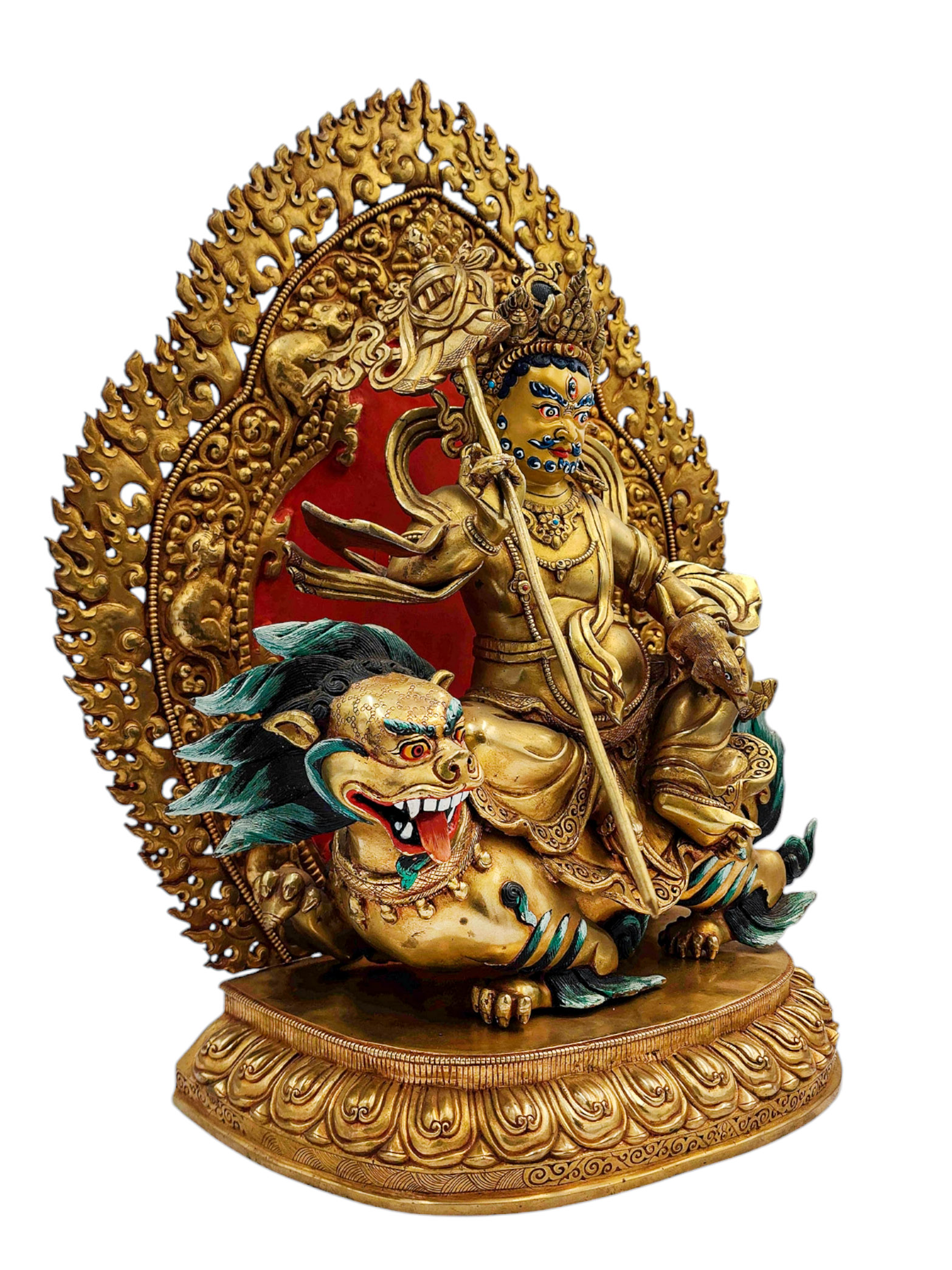 Jambhala: Namtose, Buddhist Handmade Statue,
Jambhala: Namtose, Buddhist Handmade Statue,  Full Fire Gold Plated
Full Fire Gold Plated  Full Fire Gold Plated
Full Fire Gold Plated  of
of  of
of 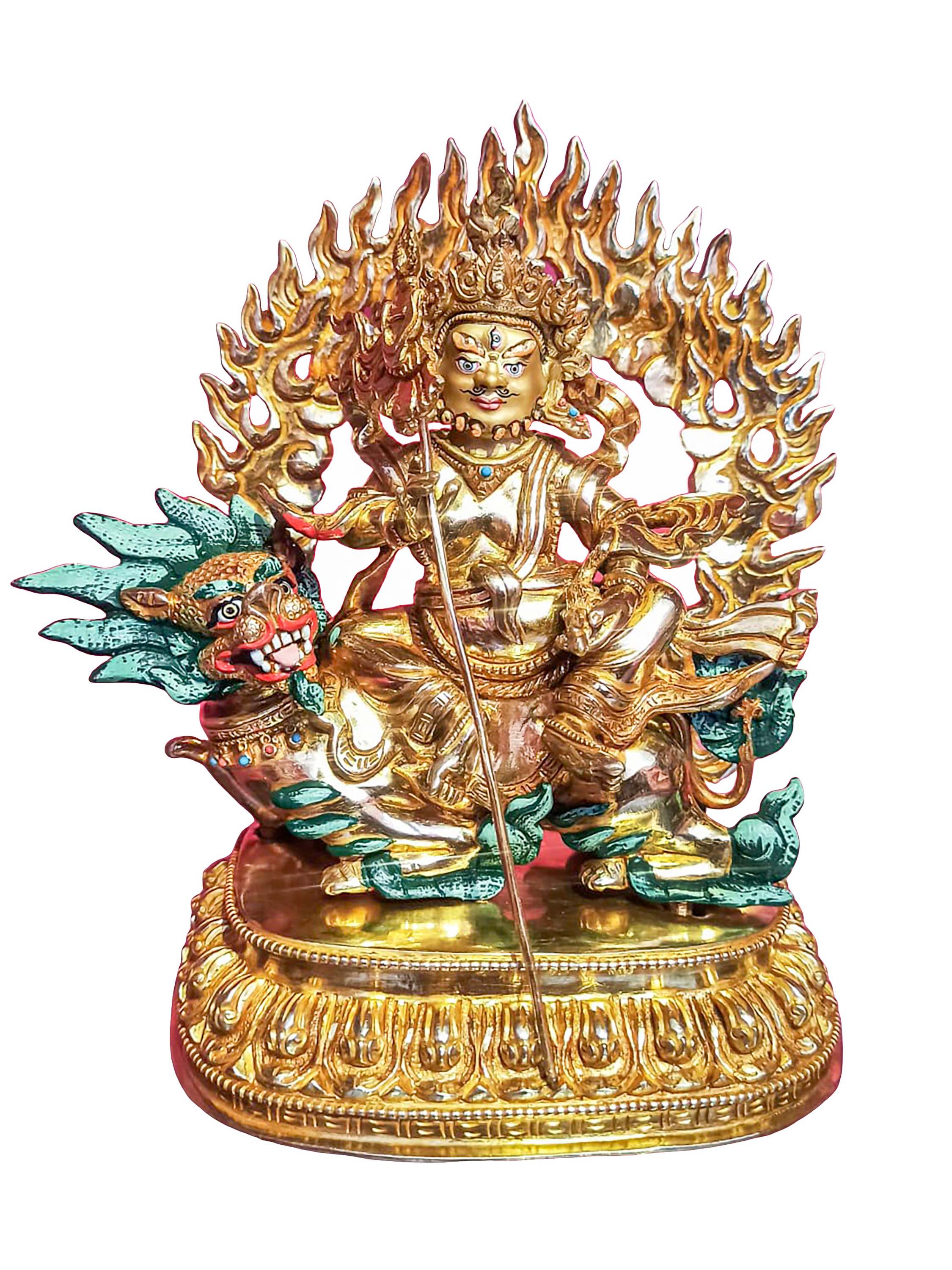 Face Painted,
Face Painted,  Face Painted,
Face Painted,  Yellow Jambhala Or Kuber, Buddhist Handmade Statue,
Yellow Jambhala Or Kuber, Buddhist Handmade Statue,  Yellow Jambhala Or Kuber, Buddhist Handmade Statue,
Yellow Jambhala Or Kuber, Buddhist Handmade Statue,  of Yellow Jambhala,
of Yellow Jambhala,  Chocolate Oxidized,
Chocolate Oxidized,  Chocolate Oxidized,
Chocolate Oxidized, 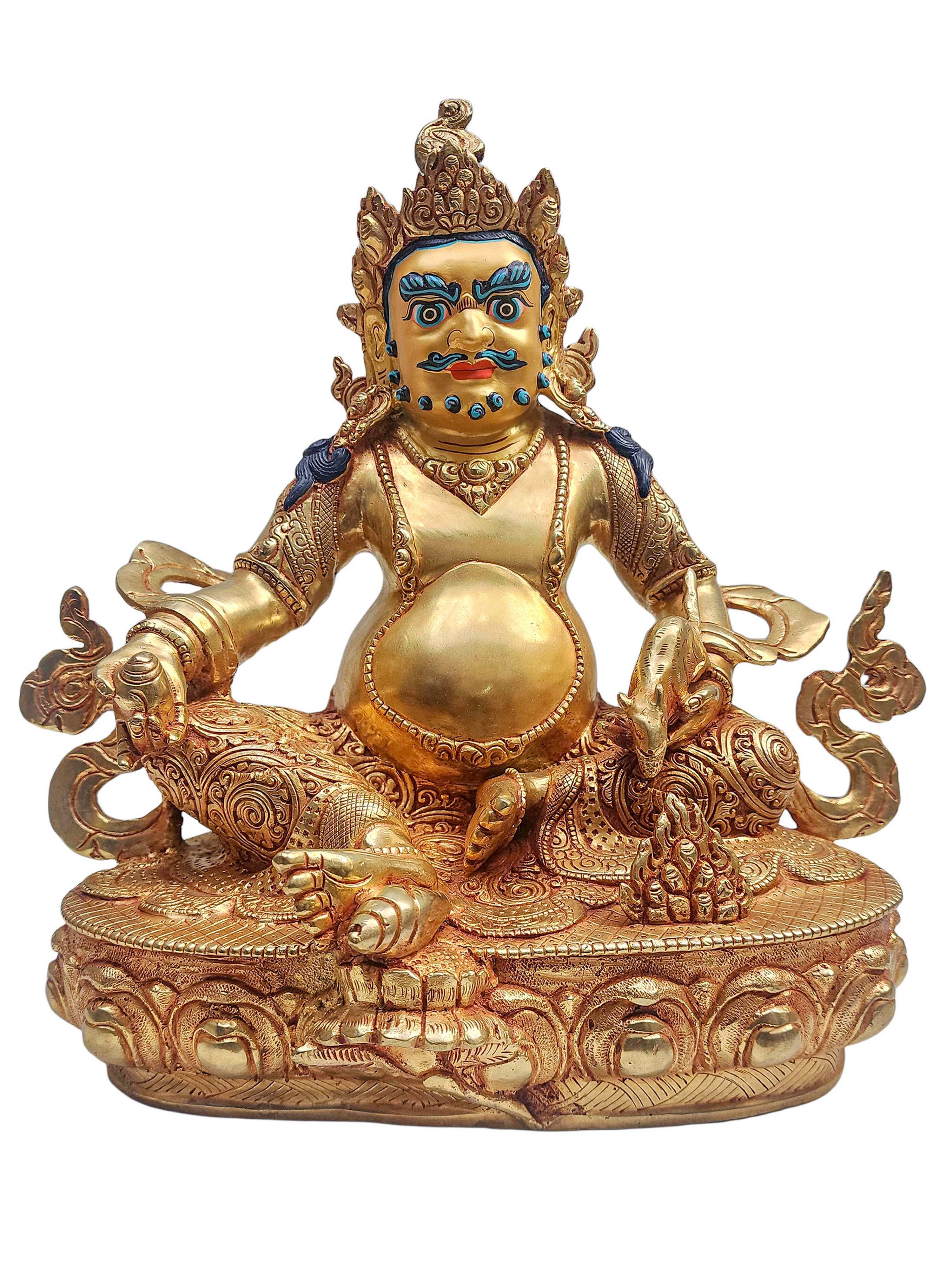 Yellow Jambhala, Buddhist Handmade Statue,
Yellow Jambhala, Buddhist Handmade Statue, 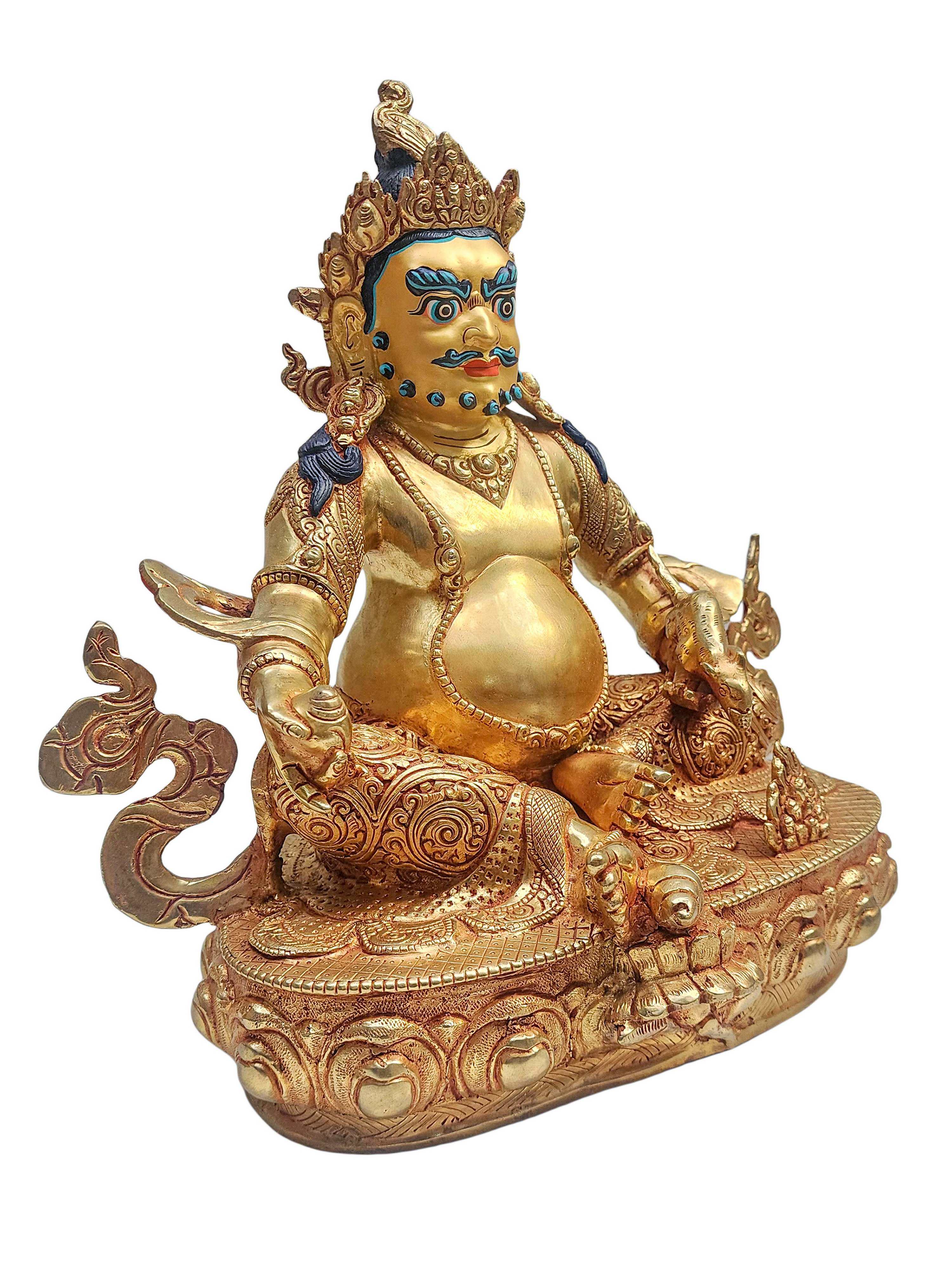 Yellow Jambhala, Buddhist Handmade Statue,
Yellow Jambhala, Buddhist Handmade Statue,  Yellow Jambhala Or Kuber, Buddhist Handmade Statue,
Yellow Jambhala Or Kuber, Buddhist Handmade Statue,  Yellow Jambhala Or Kuber, Buddhist Handmade Statue,
Yellow Jambhala Or Kuber, Buddhist Handmade Statue,  of Yellow Jambhala,
of Yellow Jambhala, 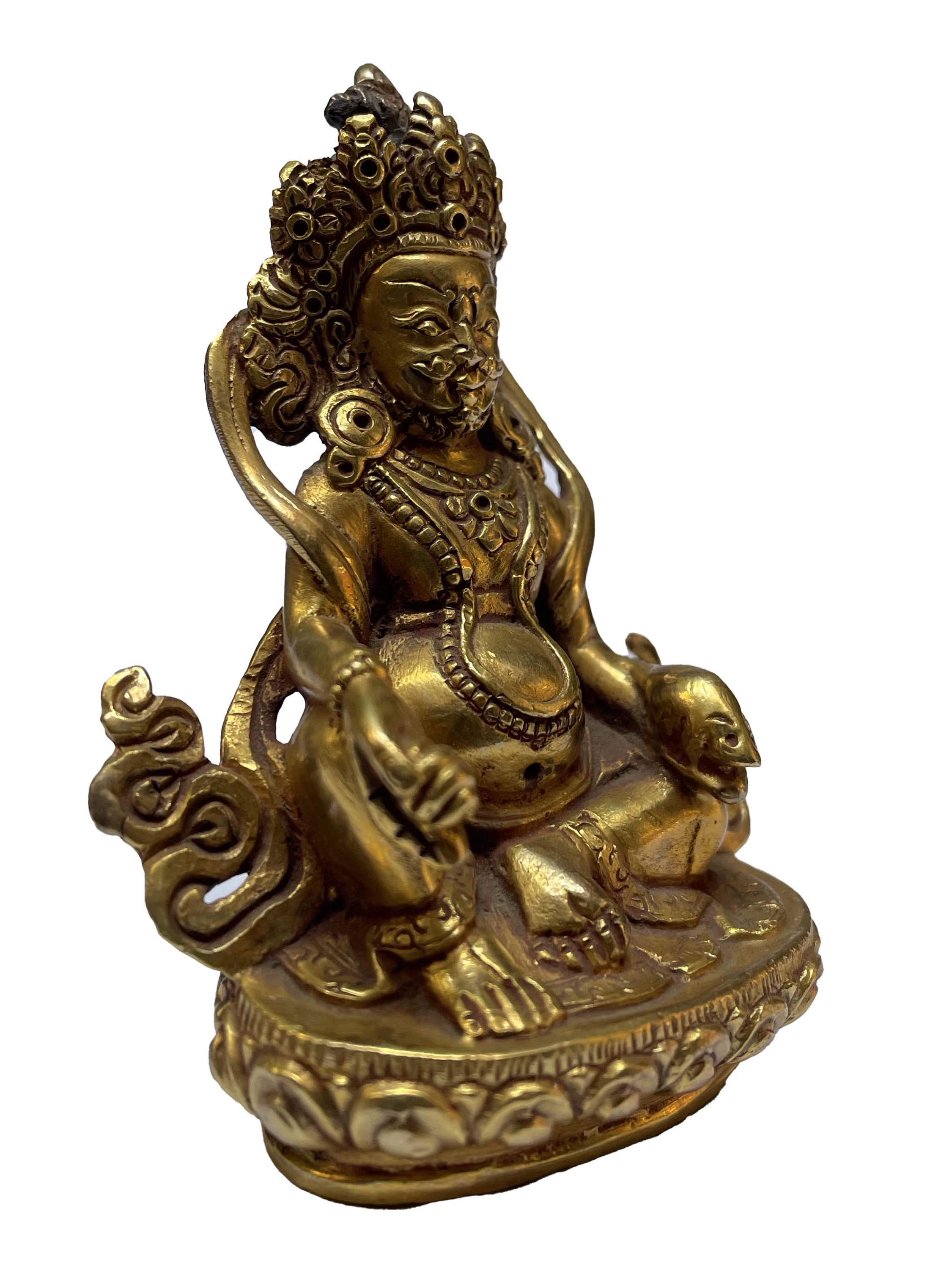 of Yellow Jambhala,
of Yellow Jambhala,